The RIPE NCC is grateful to all members of the RIPE Atlas community for your participation and support. This includes RIPE Atlas users, probe hosts, sponsoring organisations, participants in the RIPE Atlas anchor pilot, and all RIPE NCC members who support this activity. In this end-of-year review we describe the major achievements and changes implemented in 2012 in RIPE Atlas.
Our goal is to create an opportunity for the unexpected and creative use of measurement data on Internet speed and performance, based on the world's biggest active measurement network. RIPE Atlas can be used by anyone, but a number of services are especially interesting and available to RIPE NCC members.
2012 was a very successful year for RIPE Atlas. We continued growing in terms of the number of distributed probes, users, and measurement results based on an ever-growing data collection network.
RIPE NCC Member Services
Out of the 5,500 RIPE Atlas users at the end of 2012, more than 1,500 are RIPE NCC members. In 2012 we developed a number of services and features specially targeted to the RIPE NCC membership. Maybe most interesting of these is a way to test the IPv6 reachability of your network from over 800 IPv6-enabled RIPE Atlas probes.
Measuring IPv6 Connectivity with RIPE Atlas - How Do Others See Your IPv6 Network? 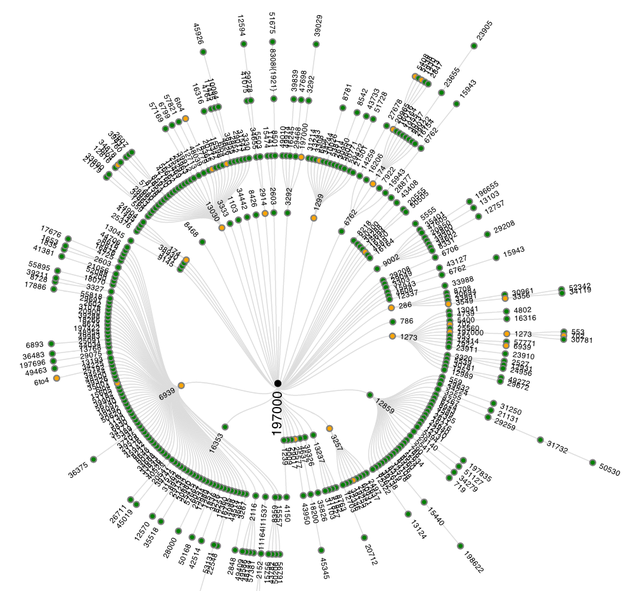
This feature was released to the RIPE NCC membership just before the World IPv6 Launch on 6 June 2012. Since then we also implemented a more appealing visual interpretation of the results. You can find more information in an earlier RIPE Labs article: Visualise your IPv6 Connectivity Using RIPE Atlas . Or try it yourself here (requires log-in).
RIPE Atlas anchors
In September we announced the RIPE Atlas anchor pilot , which expands the infrastructure with a number of fixed measurement targets. Thank you to all the volunteers! We have now identified an initial 20 participants for the RIPE Atlas anchor pilot phase among the RIPE NCC membership, and we currently plan to make this a production service for RIPE NCC members in the spring of 2013.
In addition, we also implemented the following member-specific services:
- Access to RIPE Atlas via their RIPE NCC Access account, or via the LIR Portal
- The ability to request 1,000,000 additional credits to perform more measurements
Benefiting the Whole Internet Community
More measurement maps
We perform built-in measurements towards important targets in the Internet infrastructure - namely, the root name servers. Interactive maps based on these measurements are available to everyone, and the raw data is available to researchers upon request.
In 2012 we added a map that compares the time that root name servers take to respond to either TCP or UDP DNS requests (see more information in Comparing TCP and UDP Response Times of DNS Root Servers ).
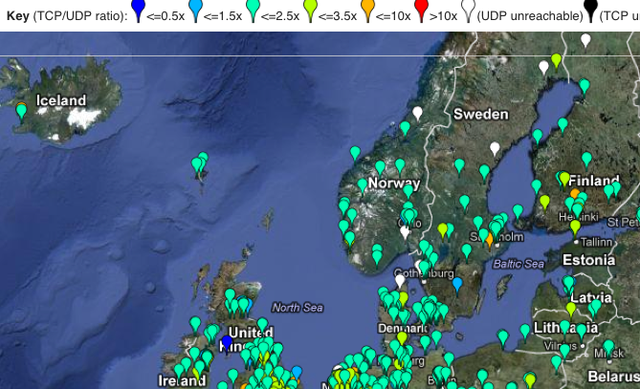
Currently, each map offers a view based on the combination of 14 targets and several other options, such as IPv4 or IPv6, TCP and/or UDP, anycast instances, or one of the six possible DNS lookup queries. That means you can visually compare various aspects of Internet connectivity and reachability in a variety of ways.
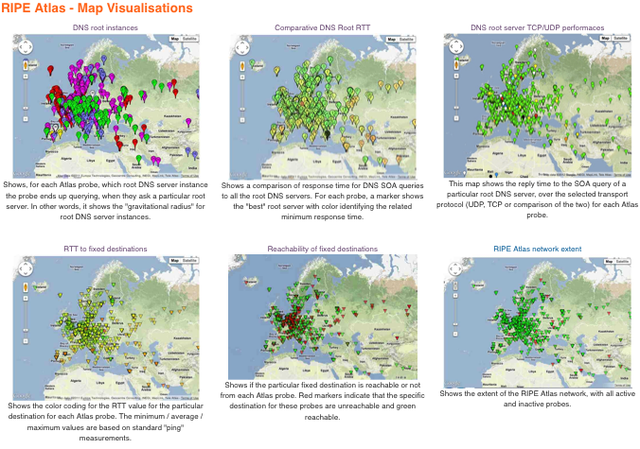
More probes and easier registration process
In the course of 2012, the number of active probes doubled and is now more than 2,220 . The number of probes we distributed is actually significantly higher, at nearly 3,400. On average, 15% of the probes are disconnected at any time, and another 10% are not yet or never seen (in transit on the way to their hosts, lost or damaged). In 2012, we increased efforts to distribute more probes - at training courses, conferences and via sponsors - as well as efforts to reach out to hosts with disconnected or lost probes. We also simplified the application and registration processes.
Looking up RIPE Atlas coverage in RIPEstat
If you are curious about how many probes are present in any given Autonomous System (AS) or IP prefix, or even a country, you can now find that information on RIPEstat in a number of formats:
- As part of the usual web-interface on RIPEstat , under the Activity tab
- In the widget specifically dedicated to RIPE Atlas activity
- As an API data call that enables you to do your own data processing
- As part of the RIPEstat text service (e.g. whois -h stat.ripe.net AS3333)
You can even embed the widget on your website with customised settings, and let your users query it.
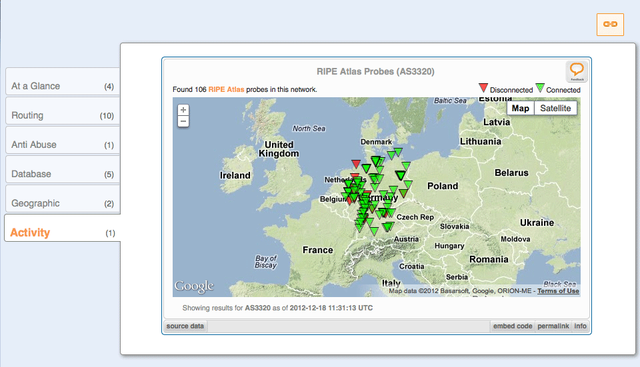
More RIPE Atlas use cases
Both RIPE NCC staff and community members delivered numerous presentations and wrote many articles on the use of RIPE Atlas, such as: Using RIPE Atlas - A DENIC Study and Comparing TCP and UDP Response Times of Root Name Servers . We also used RIPE Atlas to analyse the effects Superstorm Sandy had on the global Internet .
The RIPE NCC is happy to give researchers access to the RIPE Atlas data if we believe the results of the research will benefit the Internet community. In 2012, the results of two such research projects were presented at RIPE 65 in Amsterdam. Please let us know if you are interested in our measurement data.
Benefits for Probe Hosts
At the end of the year we had more than 3,400 registered probe hosts, 600 outstanding requests for probes, and more than 5,500 registered RIPE Atlas users.

Figure 4: Increase in requests to host a RIPE Atlas probe (blue line)
Anyone can create a RIPE NCC Access account and become a RIPE Atlas user .
Anyone can host a probe by completing an online application form , and plugging in your probe once you receive it. Once the probe is activated, hosts start collecting credits, which they can redeem for customised, user-defined measurements that give them valuable information about their own network(s) using other probes across the entire RIPE Atlas network.
Four types of user-defined measurements
In 2012, we introduced customised measurements, and more than 5,000 of these user-defined measurements were performed. The following types are now available:
- ping and ping6
- traceroute and traceroute6
- DNS
- SSL (HTTPS) certificates
HTTP measurements are also technically possible, but we need more discussion with the community to agree on a usage policy, given that the goal of RIPE Atlas is not to measure services available on the network, but the underlying capabilities.
Promoting active and new hosts
In order to promote a sense of community among RIPE Atlas hosts, we now publish monthly top-ten lists that showcase active users with the longest probe uptime, the most measurements performed, as well as new probe hosts.
Sharing measurement results
If you mark the results of your user-defined measurements as "public", all other registered users can see them. If you want to share your results with someone else, you can use API keys .
RIPE Atlas Sponsors
We are grateful to our RIPE Atlas sponsors . In 2012 we had eight new and two returning sponsoring organisations.
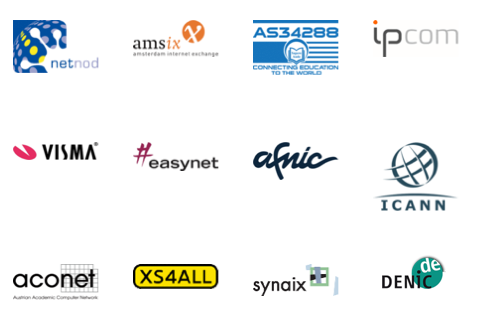
Figure 5: Current RIPE Atlas sponsors
Get in touch
We look forward to hearing from you!
If you would like to give us your input or if you want to get in touch:
- Please subscribe to the RIPE Atlas mailing list for active users, which is also followed and answered by developers: ripe-atlas [at] ripe [dot] net
- If you want to report a bug or problem: atlas [at] ripe [dot] net
- For direct feedback: becha [at] ripe [dot] net or @Ms_Measurements (#RIPEAtlas)

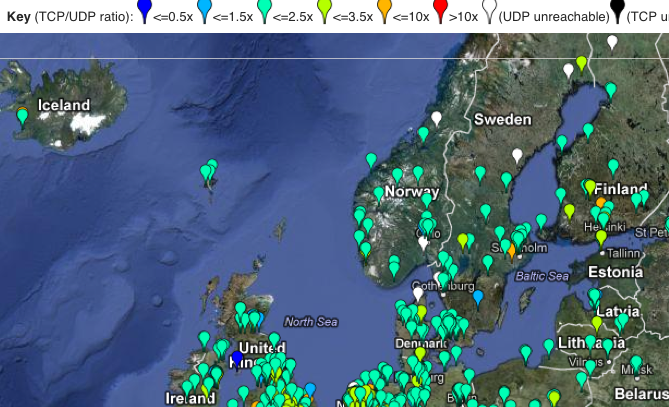
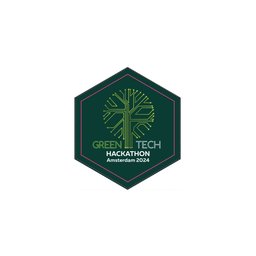
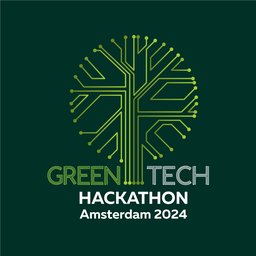
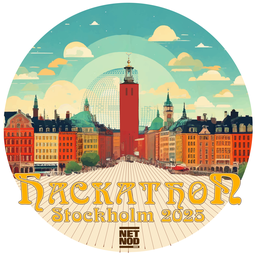
Comments 0
The comments section is closed for articles published more than a year ago. If you'd like to inform us of any issues, please contact us.